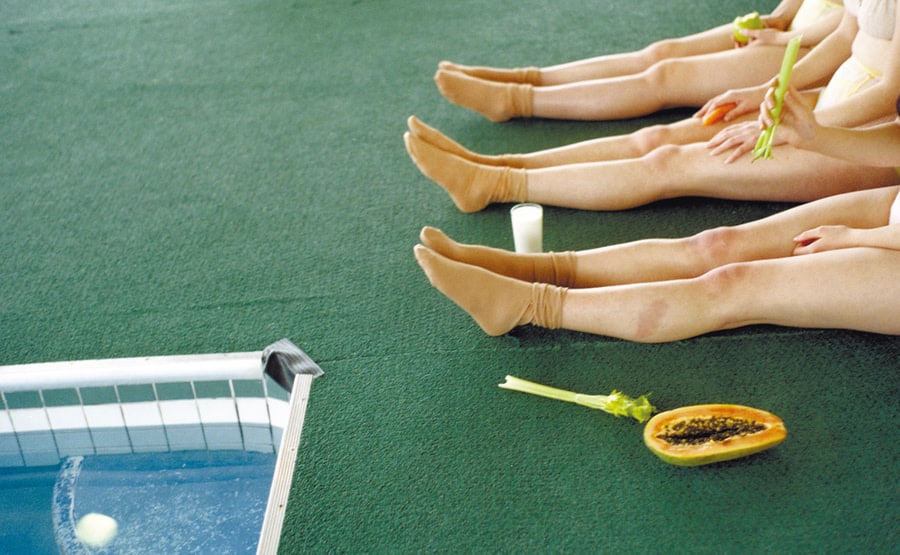From popular artists releasing new material on vinyl LPs or cassette tapes, to the influx of independent print magazines making their way into the mainstream, analog is back in a big way. One field clearly embracing this method is photography, with artists foregoing the sharpness of digital cameras for a grainier, whimsical and far more nostalgic aesthetic—one which, no matter what filter you stick on that Instagram photo you’re about to post, is only possible with a great film camera.
That’s not to say that photographers working today are insisting on a cut-and-dry divide between the two mediums. In fact, at this point it’s often thought to be far more beneficial (and often more creatively stimulating) for working photographers to incorporate both methods into their professional work.
That said, there is no shortage of opinions on this heated debate, so we decided to talk to some of our favourite emerging photographers working in film to learn what draws them to choose one method over the other, why they think there’s been such a resurgence in the practice of film photography, and about the sustainability of this more costly and time consuming medium for artists.
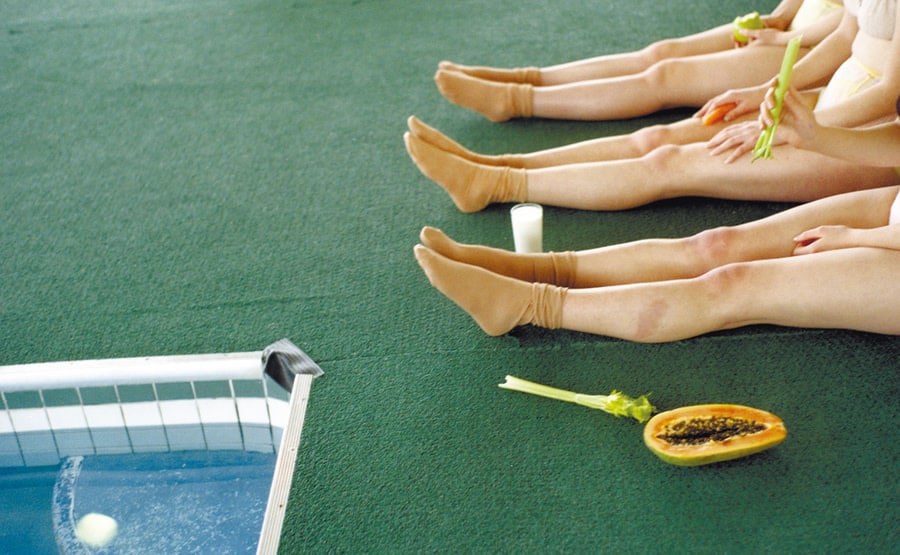
Maya Fuhr
Portfolio
As a photographer, I’m drawn to film as opposed to digital because I’m a very nostalgic and slightly old-fashioned person. There’s a timeless quality to film photographs; the medium of film is tangible and the product exists forever. I don’t even own a digital camera. I’ve had a couple jobs in the past, catalogue shoots or certain events, that call for me to rent one but I end up being miserable shooting on it—the experience is less interactive and more repetitive. [With digital] I find I snap away just because I can—it’s like a disposable medium to me. (Nothing against people that make art this way, but it’s just not for me.)
Film expenses can be pricey, but in most cases you can have the client pay for the expenses if that’s the look that they hired you for. Development turnaround is usually one day max, so that’s never a problem for me either and equipment is totally cheap—the Pentax c1000 that I’ve been shooting on for seven years cost about $70. People pay for quality in terms of art, fashion, food, so why should photography be any different?
When I was just snapping pics for fun, I’d spend my last $10 on film costs and live off canned soup. Each photo is worth something in terms of artistic value; it’s definitely worth the small costs that go into producing it.
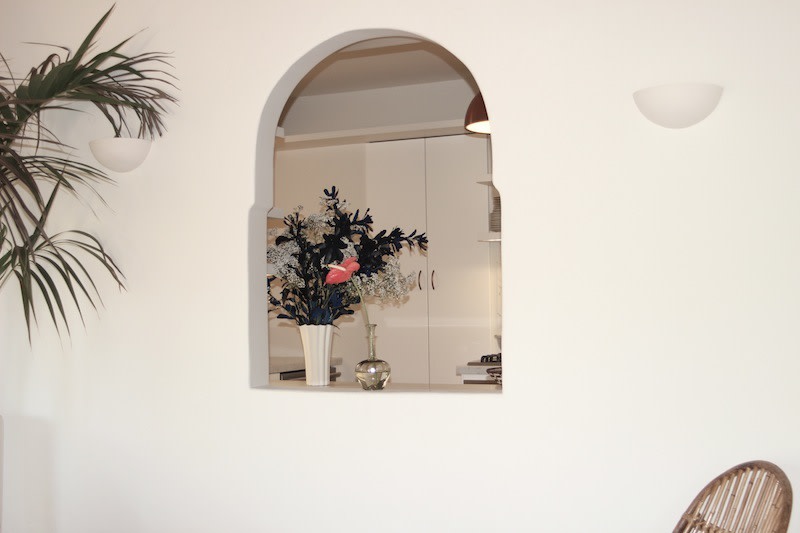
Hannah Myall
Portfolio
I grew up in a family of hobbyist photographers and was fortunate enough to inherit a good selection of film cameras—I owned a DSLR once, but never really found myself using it. The immediate accessibility of digital is necessary in certain circumstances, but in terms of employing it in my practice, I never really consider it. I generally use my Canon AE-1, primarily for the flexibility and reliability of it. Alternatively, some days I also have a small point and shoot tossed into my bag, usually my Olympus Stylus or Yashica T4.
Perhaps there is an apparent resurgence in the use of film, but the people whose work I admire and whom I have collaborated with generally have always worked with film as well. I think that with the overwhelming use of technology in every aspect of our day-to-day lives, people are leaning towards more fool-proof methods of creating things. Which means creating with your hands, and with materials and tools you can rely on. It’s really satisfying to understand the mechanics of your camera and get your film back knowing that you made all the right decisions. The draw to a “back-to-basics” mentality seems more prevalent than ever.
There can be a lot of trial and error—there’s a learning curve with any new camera and with different speeds of film, etc. You can waste a lot of time, money and materials trying to get into the swing of things, but once you get a handle on it, it’s very rewarding.
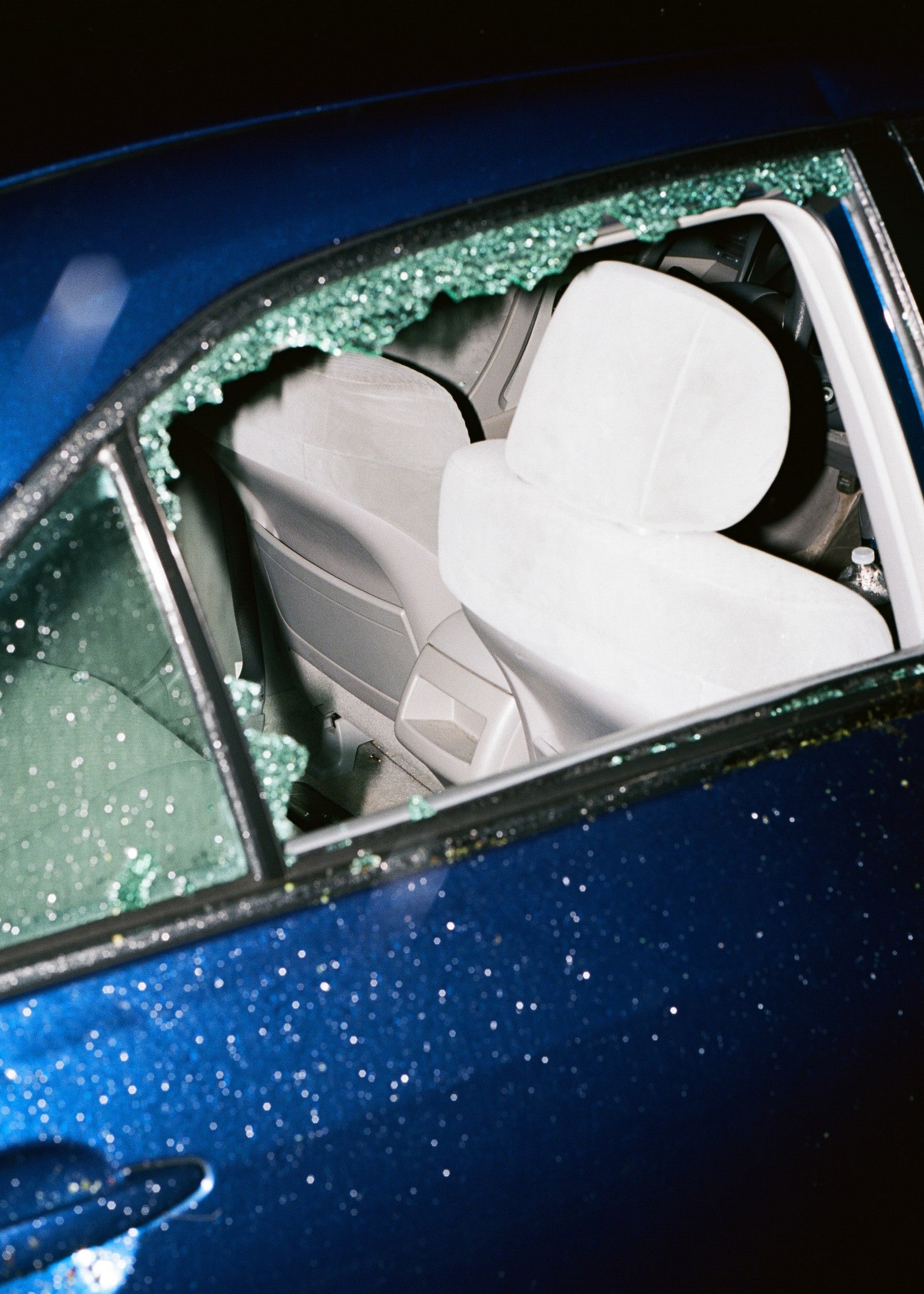
Mark Sommerfeld
Portfolio
To quote Paul from Woody Allen’s Midnight in Paris, “Nostalgia is denial—denial of the painful present…the name for this denial is golden age thinking—the erroneous notion that a different time period is better than the one, one’s living in…” This is an over simplistic explanation for young and old photographers lusting over film, but I share it because I think nostalgia plays a big role for sure. That being said, I think you can look at almost any industry and find people tinkering with old ideas that are just plain useful but seem antiquated, but were likely monumental not that long ago. Whether it’s that nostalgia, a nod to history, or trying to solve new problems with trusted solutions; these factors all play a small role in deciding between film and digital for me.
I love the process and personality of shooting film, but you can’t disagree with the speed and cost-efficiency of digital. In my ideal world, cost and efficiency aren’t part of the conversation. In my experience in the industry so far, the majority of jobs and budgets aren’t suited to film photography. Clients want polished photos “yesterday” and they generally want a collection of carefully curated images instead of a few iconic photos for their brand/campaign. Often a creative and/or marketing person from the client side will be on location for the shoot, helping choose selects—apart from Polaroids, this isn’t really possible with film. I know some photographers who like shooting film because they don’t have to stop shooting every few minutes to show the client what the images look like, they can just work and play in their own way, uninterrupted, with near unlimited creative control (which is hopefully why they were hired in the first place!).
Growing up with digital and then taking a liking to the process of shooting film changes the way I see both mediums. To me, they’re very different processes with similar aims (in most cases). They both equip the user with near infinite possibilities. I don’t see the supposed downfalls to digital as intrinsically bad, they’re just facts of progress in the industry, and progress is fantastic! I’m ecstatic when a client reaches out specifically because they want to shoot film, or equally, when I pitch a certain film stock/look, and they’re all for it. I rotate between a few cameras, depending on the feel I’m hoping to achieve. Right now my go-to for personal and professional work is the Contax G2. It’s small, relatively light, and the Zeiss lenses are superb. The size, concept and budget of each job (or personal project) determine whether I shoot film or digital, and I enjoy both very much. This is photography’s latest/ongoing version of adaptation. Whether one chooses to stick with film, run with digital, or use both (which I think is most common), I believe the cream will still rise to the top.
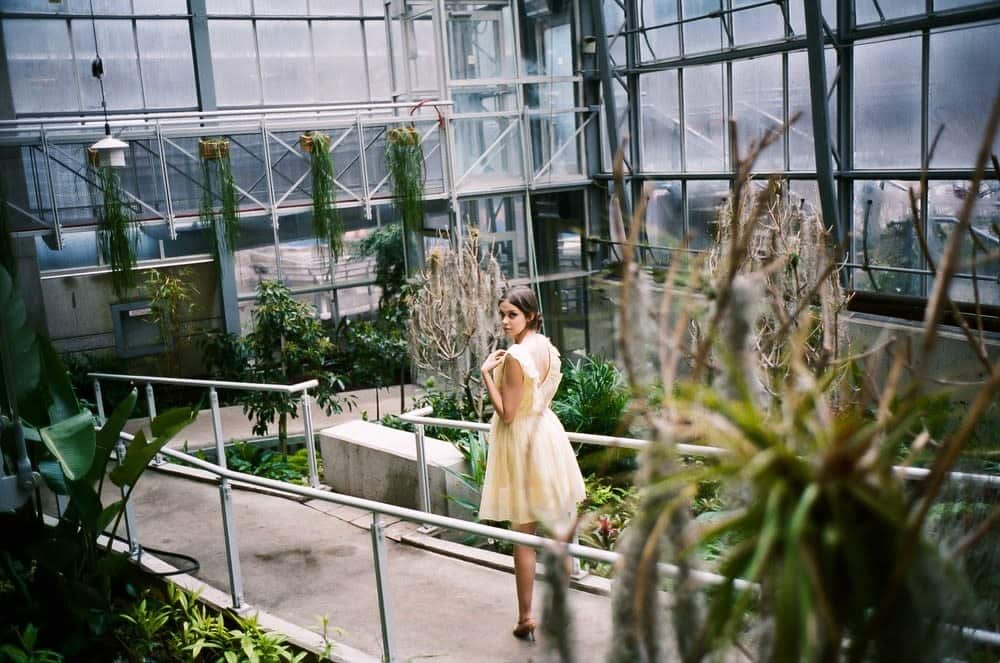
Lian Leng
Portfolio
As a mechanical engineer by training, I was first attracted to [film] cameras themselves. I appreciated the intricate build and unique mechanisms of each camera I got my hands on. As I began to experiment with different types of film, I realized that the complex relationship between film color, temperature and sensitivity, and between camera settings such as shutter speed and aperture. Film photography has allowed me to pause, think, and essentially take my time throughout the entire shoot process. I find [it] so much more intimate and organic.
I have never “gone digital” for my photography work. Even in situations where a fully automated digital camera would seem like the more sensible option, I would still stubbornly stick with film. Shooting with film definitely comes at a cost. Including film and development, I can easily spend between $70-$100 on a single shoot. At the same time, film photography has led me to where I am now, so I don’t really see myself converting back to digital anytime soon. In terms of turnaround, I personally find it comparable, if not faster, than digital. Since I can easily have the photos developed within 2-3hrs, I usually have a full editorial ready for publication the day after a shoot. The biggest time saver in my opinion is in the post-processing step, or rather the lack of it. Color tones and contrasts are all decided when I choose the film to be used for a specific shoot, as well as the exposure I set depending on the lighting conditions. My editorials are always planned and thought out, down to every last detail (angle and perspective, model posture, setting), so I often know what I will be getting [before I start shooting]. For that reason, I hardly edit any of my photos once developed. There’s something really unique about film.
I work mainly with a 35mm Leica M6 and medium format Hasselblad 503CX. At the end of the day, it’s just a matter of what a photographer is comfortable with. Not being able to immediately see my shots has never been an issue for me. I actually enjoy the excitement and expectation that comes with picking up a roll.
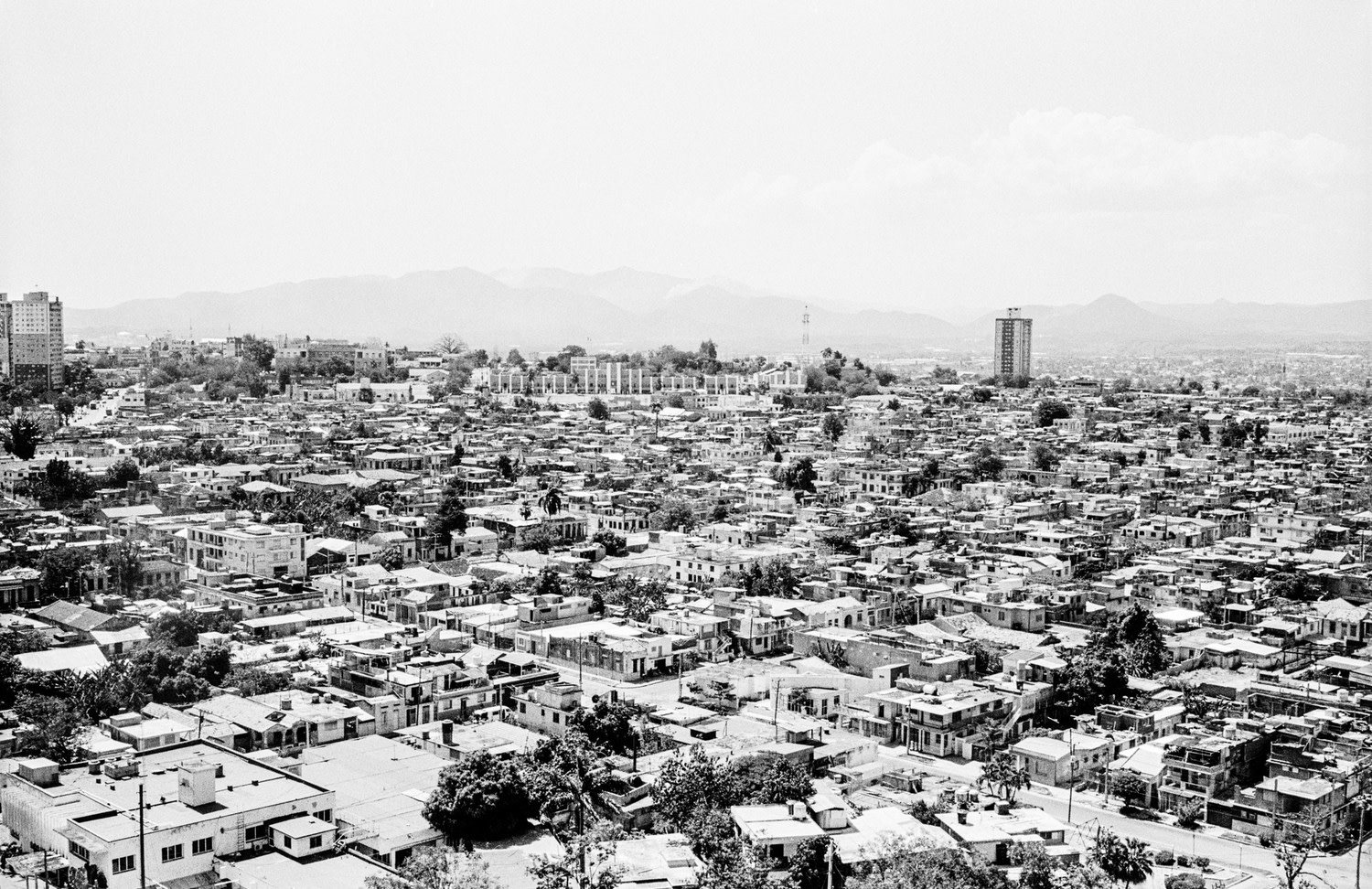
Jake Sherman
Portfolio
I feel like digital photography has hit a kind of peak in its growth at the moment. The technology has been rapidly advancing since it began, and because it was new and exciting and convenient and less expensive, people got really excited about it for the most part and dropped all their analog gear to try the new cool fun digital thing. But now that digital has been around for a while, people are remembering that they’ve got these incredible cameras that shoot film, or that you can buy a really nice camera that is relatively inexpensive. Negative scanning technology has become more accessible and makes work translatable to digital sharing platforms more easily now, so there is this hybrid workflow at hand. And personally, I find that film has a quality to it that is hard to match with any kind of digital photography.
Right now, if I’m shooting digital, it’s a quick job that is more for money than my own personal satisfaction. Digital photography is quick, and if you own a decent camera, then it’s cheap and turn around is really easy and efficient. If I’ve got a tight deadline or need preview shots to show a client the day of the shoot, I’ll shoot digital even if the final shot will be analog. Most DSLR’s can shoot like 10 frames a second (or more), which is very useful in certain situations. You can shoot 10 000 photos on one card without ever having to change a roll of film. Some people love that. I used to boast to people after a day out shooting with my digital camera that I had thousands of photos…but there are advantages and disadvantages to that. It means out of 10 000 shots, you’re likely to have gotten the 100 photos, or 10 photos that you need. What it also means is that now you have 10 000 photos to sort through, and that editing process of finding your 10 best shots can be very tedious and challenging. Shooting analog is a completely different experience in that sense.
It probably seems cliché, but it’s true that analog really taught me to slow my whole process down. Instead of firing from the hip like I often do with digital, I find that each shot means a little more to me. I take my time framing it up; I really concentrate on the photo before I take it. With film I want every shot on a roll to count, to be a keeper. I have to be confident when shooting with film, and that sense of slowing down and thinking before shooting has really helped me develop my eye and skill as a photographer I think.
It’s hard for me to come down on any side of this question because it’s really about individual preference. I love shooting with film, so I make it work. People have been approaching me to shoot for them, particularly because I shoot analog. I think people are beginning to see the value in film, which is evident in the resurgence of analog photography. Then again, Apple has this new campaign of billboards displaying photos “shot on iPhone 6″ which actually look decent. So there is definitely something to the “the best camera is the one you have with you” way of thinking. I think it’s all about how you use your camera, and everybody is different. I’ve got two cameras that come with me to any shoot right now. First is my Leica. It’s an M6 rangefinder, all black, small and built like a tank that will probably last longer than I will. Second is my Hasselblad. It’s a 500cm, a classic and a beautiful piece of engineering—anyone who’s shot on a Hasselblad knows the experience is unmatched on any other camera.
